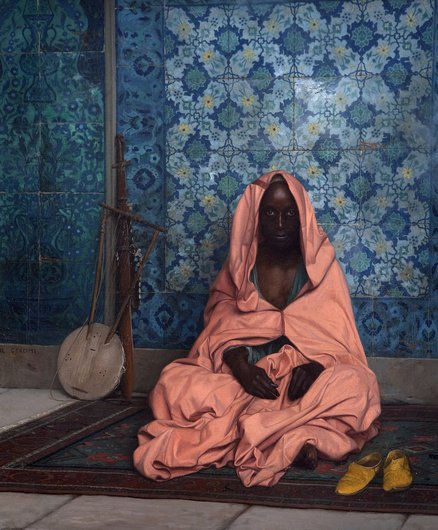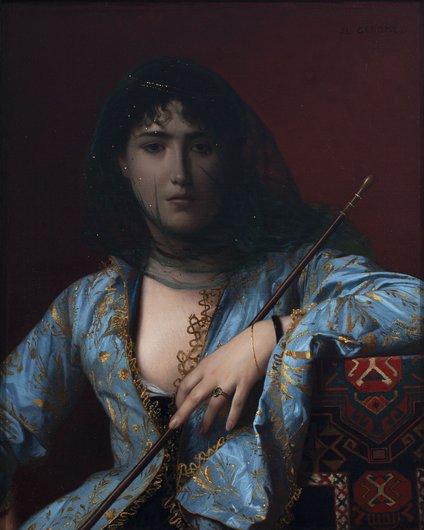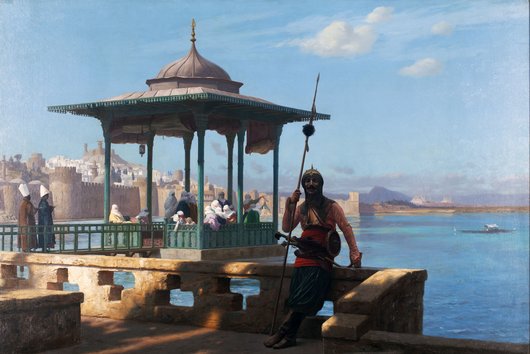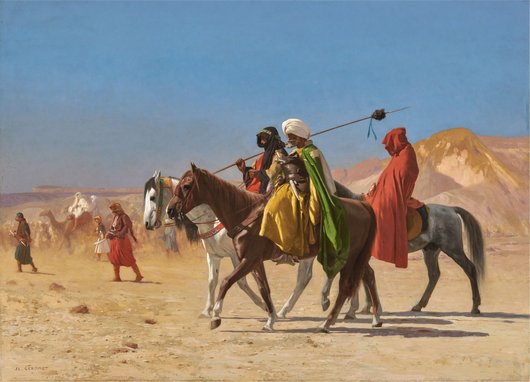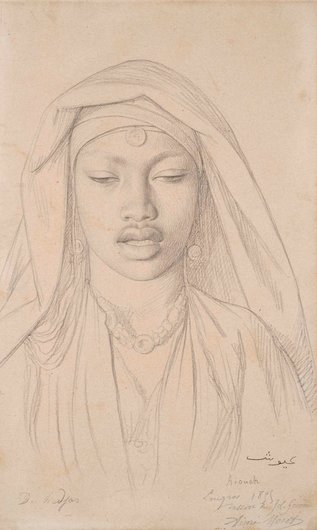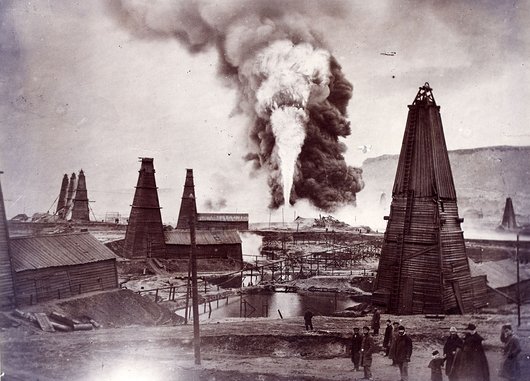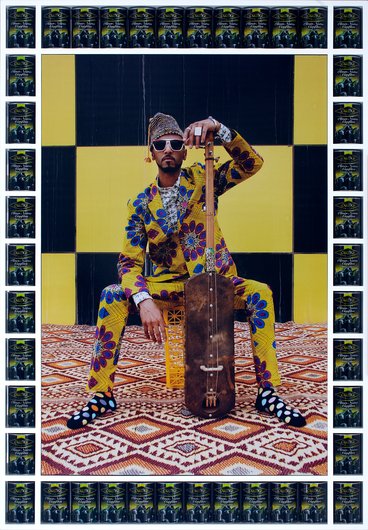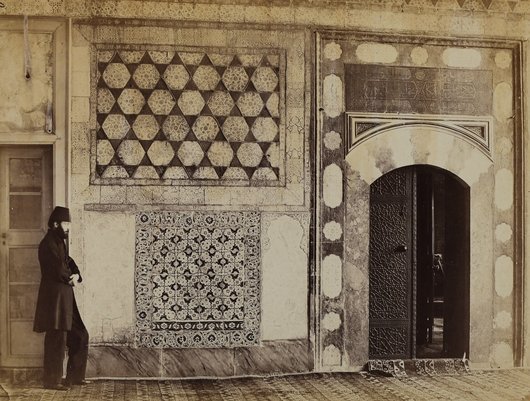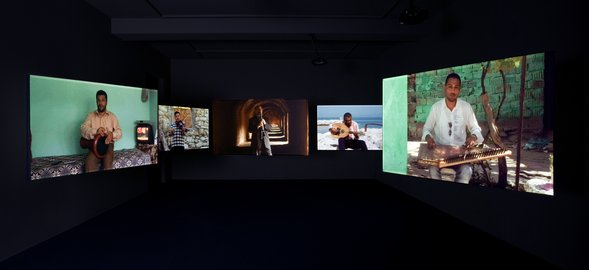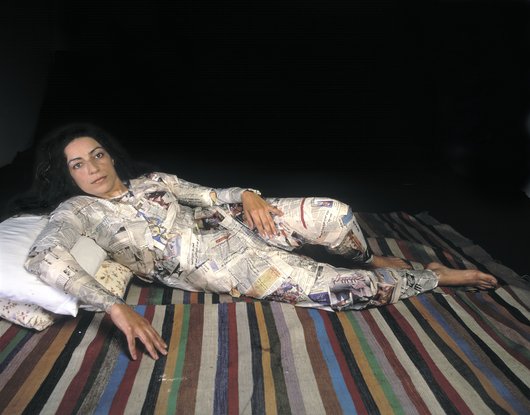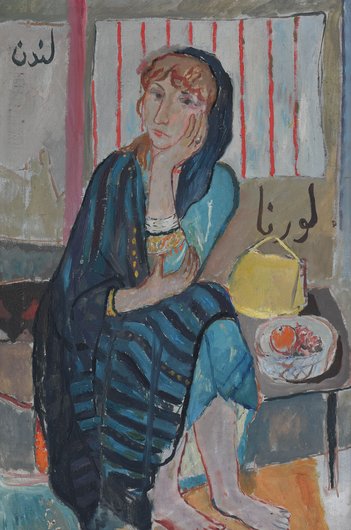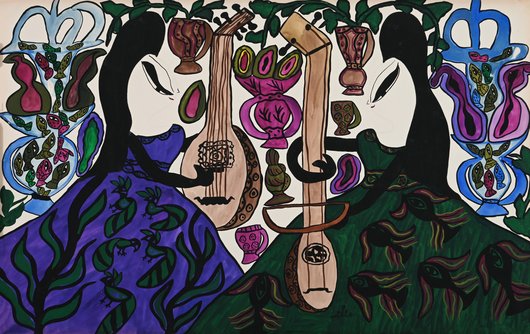A Wider Lens, A New Gérôme
Curator: Emily Weeks
This display of paintings and drawings by Gérôme, complemented by generous international loans from institutions and private collectors, offers a unique opportunity to reconsider the artist’s Orientalist works in his bicentennial year.
The three galleries in this section aim to present Gérôme as a product of his time, a stylistic pioneer and something of a riddle, waiting to be solved. This mission is accomplished in three multimedia galleries, organised in loosely chronological fashion.
The first gallery begins in the 19th century, with an examination of Gérôme’s biography, including his influences and historical context. It asks the questions, What is Orientalist art? Who was Gérôme? How were his Orientalist works perceived during his lifetime? The latter question is answered, in part, by an introduction to his realistic, academic style. Visitors to the second gallery get to see the mechanics of that style - and its surprising creativity - and understand how it influenced his audience’s perceptions of his works as “real.” They then, in the third gallery, discover why Gérôme’s style was politicised in the 20th century, and how a new definition and discourse of Orientalism has complicated an appreciation of his art.
Through a series of five thematic groupings that dominated Gérôme’s Orientalist oeuvre between 1855 and 1904, competing interpretations of Gérôme’s works are offered, as a negotiation takes place between connoisseurship, or close looking, and modern academic and political theory. Finally, the visitor has a chance to ponder the questions, What meanings might we find if we widen the lens through which we view Gérôme’s works? How can we best understand Gérôme’s Orientalist art today?
